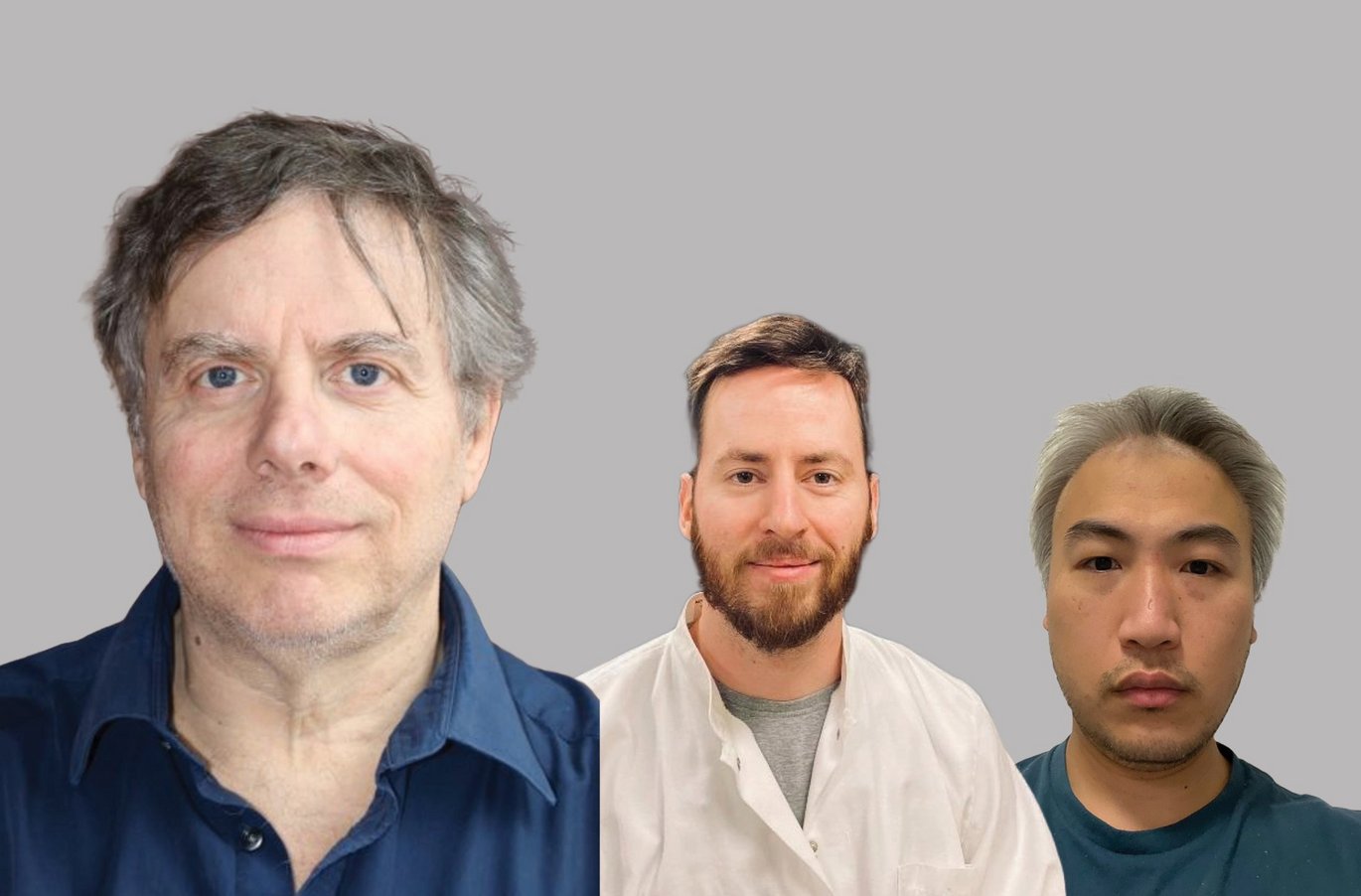Marco Capogna is remembered as his way of doing research continues to deliver breakthroughs
Professor Marco Capognas imprint on neuroscience is clearer than ever one year after his passing. This is largely due to his lab colleagues who continue Marco's strong emphasis on translational collaborations as the path to scientific breakthroughs.

Today, Tuesday 21 November, Professor Marco Capogna is commemorated with a significant scientific symposium, celebrating neuroscientific research in general and his work on memory in particular.
This occurs in a year marked by the publication of the largest-ever 3D-mapping of the human brain in the prestigious scientific journal Science, with contributions from 250 researchers across 45 institutions.
Marco Capogna’s Lab is among the Danish contributors, reflecting the work Marco contributed to during his time at Aarhus University.
"I think he would have been extremely proud to see this publication because he was deeply caring about science and making everyone in the lab successful," says Attila Ozsvar.
Attila is a postdoc in Capogna Lab and has worked closely with Marco for many years. He played a significant role together with Wen-Hsien Hou, assistant professor from the Capogna lab in the new results that potentially can change how we understand the brain. In a unique collaboration with clinicians at AUH, the research group has had access to human brain tissue, which has led to a completely new comprehensive understanding of cell type taxonomies.
“Basically, we are bringing the biopsies directly from the operating room of the hospital and we can dissect these human brain samples into small pieces and right away do the experiment. One of the huge advantages of this technique is you're able to characterize these cells with viruses with very high fidelity, and not many labs in the world are doing this,” Attila explains.
The researchers used a special method, called “Patch-seq” to study 778 brain cells in human brain tissue, focusing on a type of cell called γ-aminobutyric acid–producing (GABAergic) cells. This triad of information—electrical activity, structure, and genetic data — empowers researchers to confidently distinguish cell types and their relationships in the brain and highlights the potential for targeted analysis of human neocortical GABAergic neuron subclasses.
Translational science is key to advancements
The new results on GABAergic neuron type mapping in Science provide researchers worldwide with fundamental knowledge to refine their research in the brain. The comprehensive data is expected to serve as an extensive inventory of distinct cell types, offering insights into their location, development, electrical activity, morphology, and genetic identity for better understanding the brain in health and disease.
"It is literally unknown what exactly we have in our brain. But with this significant publication researchers can now have a consensus, a common platform on GABAergic cells taxonomy in the human brain, that helps to improve future research strategies and brings us closer to fully understand the basic cellular elements of the human brain," says Attila.
The Capogna Lab’s unique collaboration with many different types of collaborators is according to Attila crucial for moving the field forward:
"If people from different fields can put their knowledge and experience together on the table, then something greater can come out of it."
DANDRITE is a leading translational neuroscience research environment in Denmark, and what originally brought Marco Capogna to Aarhus and Denmark from Oxford University.
During his time here, Marco played a crucial role in making Denmark part of a global front research collaboration in brain research, particularly with the USA and the National Institute of Health’s BRAIN Initiative.
"We have been stabilizing these connections, and we want to continue this unique way of doing science together with the clinical people and the university," Attila notes regarding ongoing collaborations.
Other Group Leaders from DANDRITE, Sadegh Nabavi and Keisuke Yonehara, have also received funding to build collaborations with the US as part of the NIH BRAIN Initiative.
According to Attila, the field of neuroscience stands on the brink of several scientific breakthroughs, and he wishes Marco could witness the impact of his contributions:
“Maybe I am biased because I am very passionate about this type of basic neuroscience research, and I just wish that Marco could have been here to see the impact he has left on the field – he would have enjoyed that”.
Authors of the article
Attila Ozsvar, Wen-Hsien Hou, and Marco Capogna from Aarhus University and Anders Rosendal Korshøj, Kaare Meier, and Jens Christian Sørensen from Aarhus University Hospital, contributed to the refinement of transcriptomic cell–type taxonomies with multimodal patch-seq data, in collaboration with project leaders Brian Lee, Rachel Dalley and senior scientists Jonathan T. Ting and Ed Lein from the Allen Institute, published in Science as a pivotal paper, part of the special issue “Brain Cell Census”.
The article was published in Science on October 13.
